Country Report: France
while France remains a global force in the pharmaceutical, medical device, and vaccines fields-and continues to tout a solid manufacturing base and re-exportation culture-questions are arising over the long- term sustainability of the country’s healthcare system and its traditionally generous public health provisions.
This sponsored supplement was produced by Focus Reports.
Report Publisher: Diana Viola
Project Director: Crystelle Coury
Senior Editor: Louis Haynes
Editorial Coordinator: Zachary Burnside, Christopher Crachiola
Project Assistants: Karen Xi, Frances Doria
For exclusive interviews and more info, please log onto www.pharmaboardroom.com or write to contact@focusreports.net
Illustration credits: After Marcel Duchamp, Miriam León and Carmen Reyes.
La French Innovation
“It’s impossible to think about healthcare and not think about France,” declares Muriel Pénicaud, CEO of Business France, the national agency charged with supporting both inward investment in France and expansions by French businesses into other markets. “It’s not only the sheer size of our market that makes it so attractive, but also the fact that it is so really well-structured,” she affirms. Indeed, France’s legacy in the healthcare and life sciences field certainly looms large with an enviable track record for premiere-ing state of the art innovations such as the creation of the first artificial heart and a formidable network of globally acclaimed medical universities and research institutions that have produced numerous Nobel Prize winners. “Size is our first asset: we rank consistently among the top 3 globally in fields such as medicine, medical devices and pharmaceuticals and are 1st in the pack in Europe for animal health and vaccinations. Secondly, the depth of innovation that can be found is quite simply impeccable with a full 9 percent of our foreign investment directly attributed to R&D. Thirdly we enjoy a solid manufacturing base with a strong culture of re-exportation, as well as a great logistical platform for transportation and distribution,” proudly recounts Pénicaud.
Yet the “golden age of pharma companies is now drawing to a close and the rules of the game are undergoing considerable change” in the words of Francois Sarkozy, a prominent and well-respected authority on the local market. While France may still lay claim to one of the most complete healthcare systems in the world, priding itself on offering both universal and unlimited access to the latest innovations; dark question marks over its long term sustainability and viability abound. Many commentators see such a system as “ill-equipped for an era characterised by escalating drug development costs and ageing populations” and fear that the complacency of former glories masks an “erosion of pharma manufacturing and export competitiveness” and “failure to convert ingenuity in creativity into commercialized innovations.”
Similar concerns were raised during the recent discussions of the 7th assembly of the Strategic Council of Health Industries (CSIS), an annual encounter between Prime Minister Manuel Valls, relevant ministers and 45 senior industry stakeholders including the so called ‘G5 Santé’ of top French Pharma industrialists (bioMérieux, Guerbet, Ipsen, LFB, Pierre Fabre, Sanofi, Servier and Théa). Noting that France, a one-time uncontested leader of European pharmaceutical production has now slipped to a lacklustre “6th place behind Italy,” the grouping resolved to “redouble efforts to increase the visibility of in-country biologics manufacturing capabilities, to cultivate innovation and to restore competitiveness once more.”
WINDS OF CHANGE
"From a pure quality perspective, if I were a patient today, there would be one country that I would want to be treated in, and that would be France", exclaims Jean-Luc Bélingard, chairman of the number one microbiology diagnostic company in the world, bioMérieux. Blending the principle of universal access with unlimited innovation, France's iconic healthcare system has long been a source of immense pride to patients and practitioners alike, but the winds of change are now resonating loudly, and French public health provision, with its penchant for generous coverage of cutting-edge drugs and medical devices, is undoubtedly coming under increased strain.

Analogous to the forces underway in other Western European markets, France's pharma industry is today finding itself increasingly subjected to cost-containment drives as policymakers grapple with the unsustainability of ballooning drug expenditures. "Our industry has certainly gone through some difficult budget cuts over the last few years. Five years ago, the contribution of pharma to cost-containment policies stood at about EUR 500 million (USD 565 million) per year. Today, it is EUR 1 billion (USD 1.13 billion) per year with the industry contributing roughly double that of 2011," laments Philippe Lamoureux, general manager of Les Entreprises du Medicament (LEEM), the only professional industry association representing pharmaceutical industry players locally.

Muriel Penicaud, CEO, Business France
Some would suggest that the recent flurry of new molecules and high-cost breakthrough medications being brought to market actually pose an existential threat to the French model itself by demanding a different response from both the authorities and industry alike. As Vincent Bildstein, general manager of IMS France, explains: "New tools are required to manage the budgetary aspects of the reimbursement of a drug...Any company that genuinely wishes to establish itself in this constrained climate will face obstacles to demonstrating the value of their drugs. The pressure is on for defining fresh strategies and alternative approaches." To his mind, change is becoming inescapable. "With a declining healthcare budget juxtaposed against an ever-growing demand from the market, France will surely face many difficult choices in the coming years and months," he remarks. The facts themselves would appear to back up this sense of structural in-equilibrium: the country's total social security revenue (which naturally also encompasses retirement and pensions) today extends to a hefty EUR 200 billion (USD 226 billion) per year meaning that social security expenditure now outpaces even GDP.

Thomas Fatome, director, Direction de la Securite Sociale
Yet, even in the face of such stark challenges, there nevertheless remains strong political will to ensuring that the principle of high access to innovation is maintained. "Other European countries may be cutting costs by limiting access to the latest innovations, but France will certainly not contemplate following down this path," declares Thomas Fatome, director of the Social Security. "It is the nature of our job both to manage the deficit while at the same time guaranteeing the financing of latest innovations," he reasons.

Philippe Lamoureux, general manager, LEEM
New hepatitis C treatments have been a regular feature in healthcare news of late, not least because they offer that most elusive of gifts: a cure. In 2014, the French government proudly proclaimed it had struck a deal with Gilead Sciences offering Sovaldi at the lowest price in Europe. France's negotiation meant that a typical 12-week course of the drug would cost a mere EUR 41,000 (USD 51,000), compared to USD 84,000 per course in the United States. Meanwhile, Marisol Touraine, minister of social affairs and health, has insisted that the French health insurance system covers 100 percent of the price of the drug, so as to ensure that it is affordable for citizens with HCV infection. For Mr Fatome, providing universal access to such a product is highly gratifying: "I am most proud to live in a country which, in 2014, enabled some 11,000 Hepatitis C patients to gain access to the most innovative treatment available, and to ultimately, be cured," he enthuses. Yet for Mr Fatome this episode had one particularly disappointing feature: the inability to cooperate with European partners regarding the pricing of such drugs. "France attempted in vain to place this subject on a political European level in 2014... in the future, we will have similarly expensive drugs coming to market and I hope, that time round we can resolve around some Europe-wide initiatives," he reflects.
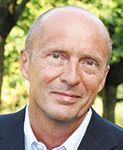
Patrick Errard, general manager, Astellas France, & president of LEEM
FAIR PRICE FOR INNOVATION?
A lack of transparency in the way that end-prices for new drugs are negotiated has now become a recurrent bugbear. For Dominique Giorgi, former president of France's pricing agency, the Comité Economique des Produits de Santé (CEPS), "Many of the fundamental answers demanded by French citizens relate to how pharmaceutical companies are going about defining their pricing policies." "For us to maintain this delicate balance between public benefit and pharmaceutical profits, there cannot be a company that sets prices that are much higher than the norm," he reasons. Yet for many, the real issue at stake goes well beyond upfront costs and includes a systemic failure to capture the entire spectrum of benefits that innovative products can potentially deliver over a long-term basis. "Beyond pricing per se, we must hold constructive discussions on how to better fund innovative drugs" insists Jerome Bouyer, general manager of AbbVie France who was also recently appointed chairman of the committee of scientific affairs at LEEM. "When analyzing this year's drug envelope voted upon by the Parliament, it turns out to be one percent negative in relation to the year before. This comes about as a result of the infamous 'L-Tax' where, in the event we go above negative one percent on our drug spending, we get taxed. That, in turn, ends up as a sentencing to decrease capabilities, and acts detrimentally to growth, which stems primarily from innovation, " he laments. "From our perspective, this is a deliberate punishment to innovation, and ensures stagnation across the market. The healthcare sector allowed growth (ONDAM) is +1.75 percent annually but drug companies are held at negative one percent growth," he adds regretfully.
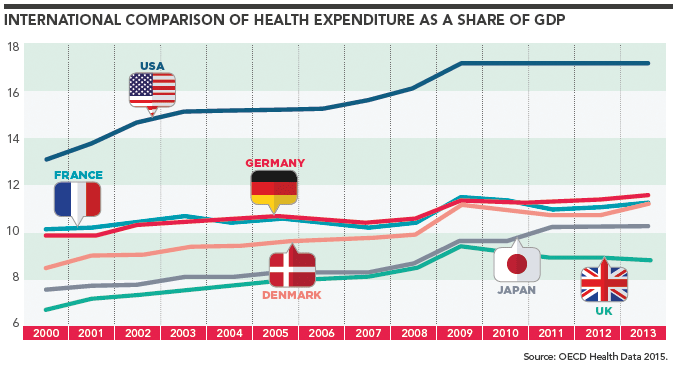
With more medical breakthroughs forecast to arrive in the market over the coming years, the issue of access to innovation will clearly not disappear. One company with ambitions to embark upon an unprecedented rhythm of innovation creation is Servier, with its transformational plan to launch one new molecule every three years. According to Olivier Laureau, Servier's CEO as of April 2014: "The pharmaceutical industry cannot be expected to bear the heaviest burden when it comes to reducing the overall budget deficit. Drug reimbursements already account for 15 percent of total reimbursement in this country; yet when we look at the authorities' cost-saving measures, we are expected to contribute around half of total savings. France is a country with one of the best healthcare systems in the world and it would be absolute madness to undo such a system for purely short-term gain," he retorts. Philippe Barrois, CEO of Novartis France, concurs with such a view: "the current dependency on industry as the main source of savings can only work in the short term. Such a strategy will adversely impact the system over the long-run, in terms of investment, research, innovation and overall economic growth."
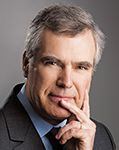
Olivier Laureau, president, Servier Group
Adding to an already complicated picture is another issue: public perception of pharma companies has plummeted to an all-time low, while at the same time the costs of production have never been higher. "The biggest challenge we have as an industry is to improve our image" reflects Michel Ginestet, Global Innovative Pharma (GIP) business unit head and president of Pfizer France. One event in particular, the so-called Mediator affair, in which a weight-loss drug appeared to provoke unintended side-effects has marked the local industry profoundly. "The championing of the pharma industry as a national asset was questioned," claims LEEM's Mr Lamoureux, "I tend to say that there is a before and after Mediator period."

Philippe Luscan, executive vice president, Global Industrial Affairs, and president of Sanofi France
For Francois Sarkozy, president and founder of FSNB Health & Care, a healthcare consultancy, there remains a serious issue surrounding public perception that requires correction. "The pharmaceutical industry is all too often wrongly portrayed as the 'bad guy.' When instances of misbehavior occur, they obviously need to be sanctioned, but in my experience working at all levels of the local pharmaceutical industry, the vast majority of practitioners are most definitely in it for the right reasons." The President-General Manager of Sanofi France Marc-Antoine Lucchini notices, "a striking discord between the real pride that people feel to be working for the pharmaceutical industry and [isolated incidence of misdemeanor or negligence] that the media tend to focus on."
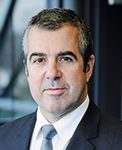
Marc-Antoine Lucchini, president-general manager, Sanofi France
However, France is certainly not an exception to the rule here, as Patrick Errard, general manager of Astellas France and president of LEEM is quick to point out: "The pricing of innovation is a worldwide issue, not a specifically French one. The pharmaceutical industry globally has to take into account what is the fair price of innovation... it's an issue that we can simply no longer afford to ignore."
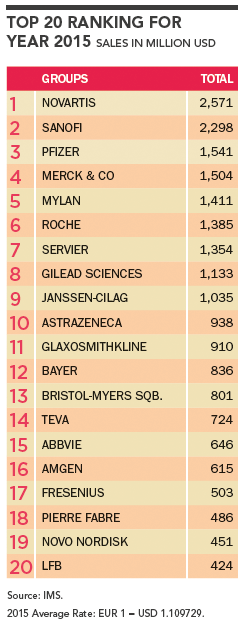
Yet, the French regulatory apparatus, perhaps befitting a local industry so renowned for its creativity, has managed to craft a very particular response to problematics of market access for new innovations that have been afflicting other mature, Western European healthcare systems. As Jean-Luc Harousseau, former Chairman of the Haute Autorité de Santé (French National Authority for Health) explains, "Public healthcare provision in France remains highly generous in delivering equal access to all patients, whether indigenous or foreign, while simultaneously affording rapid access to innovation through the 'Autorisation temporaire d'utilisation' (ATU) system," an ingenious mechanism for authorizing temporary access to state-of-the-art medicines that serves to circumvent the traditional sluggishness of the reimbursement process in instances of urgency.

Philippe Barrois, CEO, Novartis France
ATU: RED HERRING OR REAL SOLUTION?
One distinctive and eye-catching feature of the French system is the priority it offers to breakthrough innovation. "We are the country that looks to give patients the widest possible access to innovation. Already we rank as number one for Europe in this regard and as second in the world behind the United States," observes Phillipe Lamoureux. "This becomes possible in no small part due to our unique system of ATU which effectively enables patients to receive drugs well before official market approval," he reveals.

Michel Ginestet, Global Innovative Pharma BU head and president, Pfizer France
The popularity of the ATU is perhaps best underscored by the way in which some companies have reconfigured their business development plans to make use of the opportunity that it affords. One company that has benefitted from the ATU system is the Japanese ophthalmic player Santen, which first established a presence in France in 2011 with the acquisition of a local R&D company. "2015 was a significant year for us, receiving European marketing approval for Ikervis, the first cyclosporine drug for the treatment of severe keratitis in adult patients with dry eye disease in Europe. In France the product was already available through the ATU system 18 months before it received European approval," claims Jérome Martinez, president of Santen France.
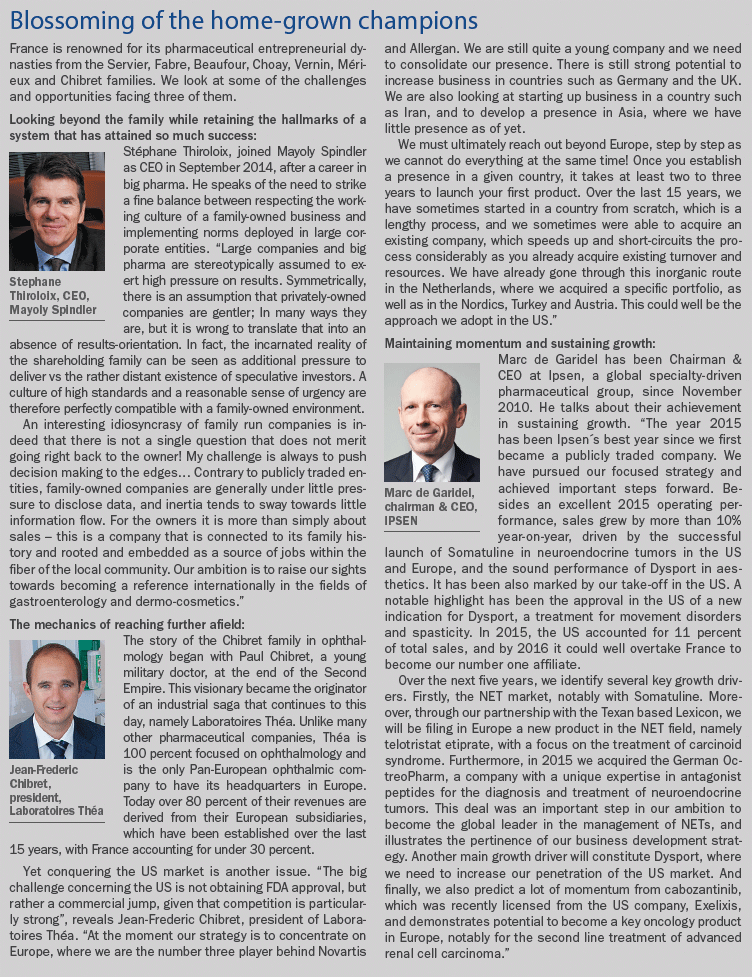
Not all actors are so effusive in their praise for the French market's embracement of innovation however; just ask Denis Delval of Danish company ALK, senior vice president for Europe West and South, and general manager France. "France is a relatively fair environment for breakthrough innovation. But this is only 10 percent of the new products coming to market. For the remaining 90 percent, which are the vast majority of treatments and patients, the situation is extremely difficult." In ALK's case their first product to receive Europe-wide authorization, Grazax, was launched in most European markets by 2007. "France was actually the last country in which we brought the product to market, not until the end of 2010," he deplores.

Denis Delval, senior vice president Europe West and South, general manager France, ALK
Another company to have experienced similar issues is the Italian outfit Alfa Wassermann. "We have been working hard on Rifaximin-alpha 500, an innovative treatment for hepatic encephalopathy (HE) which we expect to launch in 2016", comments Emmanuelle Ribot-Mariotte, general manager of Alfa Wassermann Pharma France. "It was foreseen that France would be one of the earliest countries where we would launch the product, acting as a primary gateway to the rest of Alfa Wassermann's affiliates in Europe. Unfortunately, the launch of this product has faced a number of delays." While today results are back on track Ms Ribot-Mariotte is in no doubt that "building a strong affiliate in France, where the legislative environment does not allow for much flexibility, takes time and a lot of persistence." For many, the authorization process in France is lengthy and there is also a lack of transparency that ends up with an added layer of complication. "The French administrative process is based on three stages: local market authorization, scientific evaluation by the transparency committee, and finally analysis by the pricing committee. France is unique in having these three steps", points out Mr Delval.

Jérome Martinez, president, Santen France
SWITCHING THE PARADIGM FROM TREATMENT TO PREVENTION
Given that rising costs of health care pose a formidable challenge for policymakers in France, an option of longstanding interest constitutes prevention. Of considerable importance is what can be done for patients with no available treatments. "When it comes to the field of orphan drugs, diagnosis is crucial", explains Christian Deleuze, President of Sanofi Genzyme France. "There are 8,000 rare diseases, and only around 250 specific treatments. Even though there may be no treatments for a patient's specific disease, their quality of life improves considerably once they have been diagnosed, with support then available as part of a community" he notes enthusiastically.

Emmanuelle Ribot-Mariotte, general manager, Alfa Wassermann France
For many, investing in diagnostics is still considered as a cost and not an investment. Educating and informing policy makers on the importance of prevention over treatment has long been seen as essential. "What we require is a paradigm shift. Treatment should be seen as a fallback option, when prevention and diagnostics have failed," insists Laurent Amiel, president of Abbott France. However not all players put the emphasis on the authorities in this regard. Just ask Jean-Luc Bélingard, chairman of bioMérieux: "I have been working in the healthcare industry since 1974. For the last 40 years the same concerns have been raised: the authorities do not properly appreciate the value of diagnostics, they permanently put pressure on our prices and augment regulatory constraints. I believe that the primary responsibility lies with the industry itself, that has not been able to convey the value of its services."

Personalized treatment and optimization of treatment approaches also have important roles to play according to Santen's Jerome Martinez. "We are ourselves working on specific algorithms, enabling ophthalmologists to diagnose different diseases and then to decide what specific treatment is most appropriate in each instance for a specific patient. Our aim is to overhaul the paradigm regarding the treatment of disease," he asserts.
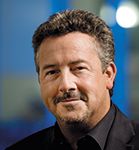
Christian Deleuze, president, Sanofi Genzyme France
Regardless of who bears primary responsibility, all agree that investing in increased cooperation across all stakeholders will be essential moving forward. As Francois Sarkozy concludes, "my fundamental belief is that we, the entire healthcare system, need to move from treating a disease to managing a patient. This can only happen if there is synergy and coordination between all actors, within the infrastructure of a well-organized system and established good practices."

Aurélien Chaufour, managing director, Anjac
MAINTAINING A MANUFACTURING BASE IN THE FACE OF DELOCALIZATION
Pharmaceutical production has long been a French industrial flagship. Both local and international players continue to invest in the country. Back in August 2013 the American Eli Lilly announced an investment of EUR 90 million (USD 119m) in its plant in Fergersheim, in eastern France. Yet for such industrial investments to continue will require a change in emphasis. As Christian Lajoux, former president of the Fefis, the employers' union for healthcare companies in France explains, a failure to adapt lies at the heart of the issue. "We have lost jobs in the French pharmaceutical industry because our industry is failing to modernize. While the country has over 200 manufacturing plants, many of them produce products without intellectual property, a distinct weakness in the manufacturing situation of the country...Europe has recently developed 13 new molecules, yet not one of them was manufactured in France. This is a sign of things to come if we do not adapt," he declares. For Mr Barrois of Novartis this issue goes well beyond France. "Worldwide, there is an excess of production capacity, which is now being manifested in the sale and sometimes closure of many plants" he notes.
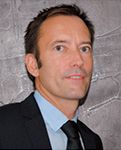
Pierre Banzet, president, Synerlab Group
Yet this has not impeded Novartis from investing heavily in France. In June 2015, the Swiss company announced an investment of EUR 800 million (USD 880 million) over the next three years, to be invested in clinical research, industrial rehabilitation and a new headquarters, with the ambition to cement its position as the number one pharmaceutical company in France in terms of revenues and market share. ALK's Denis Delval also underlines how France's manufacturing bases retains the interest of multinationals. "In 2014, we inaugurated ALK's production site in France as our European hub for manufacturing all our sublingual drops products. Such a move was one of the largest product investments by ALK in recent years," he discloses. Revealingly though, he also admits that "such a decision would be harder to make under today's climate" and that, if the country is serious about retaining its attractiveness, pharma companies investing heavily in establishing a local manufacturing footprint will need to be rewarded with "better visibility, better access to the market and greater recognition of their industrial presence."

Alain Sainsot, president, Amatsigroup
Aurélien Chaufour, managing director of Anjac, a young CMO focused on innovation, paints a more optimistic picture when it comes to the "made in France." "It is often said that this country can no longer be competitive in the era of global manufacturing. I would query such a statement. If you want to survive in France you have to be willing to modernize. This means investing in innovation so as to provide technical added-value; investing in your people, equipment & machinery, and R&D capabilities. There is a long-term future for manufacturing in France just so long as we invest in innovation and quality. We have a historical French touch in the high quality of our people and machinery that remains attractive to this day and this is something that as a country we can still further invest in."
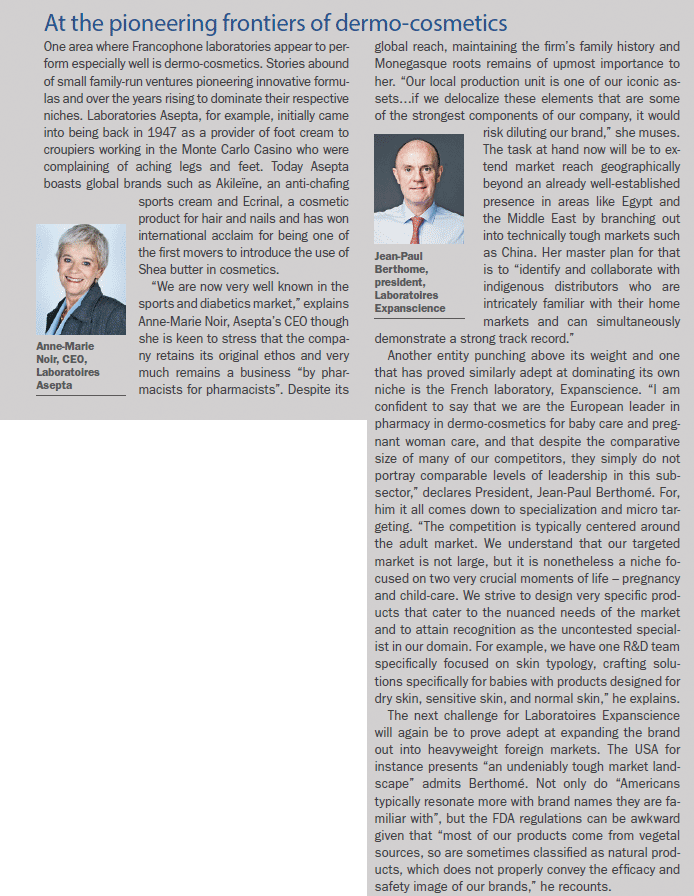
THE ASCENT OF THE CMOs
Over the last few years, pharmaceutical companies have increasingly outsourced "non-core" activities, in particular manufacturing. As Lajoux explains, "France is specialized in mature products and one of the key issues for our country is to be a country producing new drugs. After patents expire, production sites close, and you need to identify contract manufacturers to continue with the production." This outsourcing drive has provided significant growth opportunities for CMOs in France.

Patrice Carayon, CEO, Chiesi France
The pharmaceutical development world is changing. "Around four years ago, large pharmaceutical companies began to allocate more resources into outsourced research development processes. From a manufacturing point of view, drug discoveries are numerous and business dynamics are evolving, primarily considering the influence of large and mid-sized pharmaceutical companies," reveals Alain Sainsot, president of Amatsigroup, a contract development and manufacturing organization (CDMO), providing services throughout both preclinical and clinical phases. The CDMO market is very fragmented, where components of development are divided among many small companies. "In Northern Europe alone, there are approximately 500 small-scale companies dedicated to outsourced development," notes Mr Sainsot. Today Amatsigroup has an annual turnover of EUR 33 million (USD 37.1 million) and is positioned as one of the leaders in France. Such players are increasingly seen as a strategic partner for pharmaceutical companies. As Pierre Banzet, President of Group Synerlab, one of the top ten French CMOs explains, "more and more, Big Pharma companies acquire biotech start-ups and their products instead of relying solely on their own R&D department. Then, they subcontract production to CMOs and other service providers. It is very possible that Big Pharma in the future will have very lean manufacturing divisions, if at all, and that they will instead focus solely on marketing and obtaining regulatory approval".
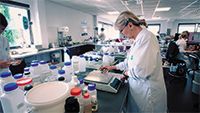
R&D Laboratory from SICAF in Carpentras. Credit: ANJAC
One notable instance of this materialized in 2013, when Pfizer announced the sale of its production site in Amboise, central France, to French CMO Fareva. But as Mr Ginestet of Pfizer France reveals such a move did not imply any disengagement from the county. On the contrary, "it may seem counterintuitive, but the very fact of divesting our plant in favor of a CMO that we have a longstanding relationship with, Fareva, will lead to increased investment in France. We still see France as an attractive market to manufacture products. The problem we were facing in 2013 is that such plants, manufacturing primarily small molecules and pills, were areas where internally Pfizer's volumes were decreasing. Viagra, which used to be an important part of our business, was going off patent, inevitably leading to a decrease in volumes. A company such as Fareva can attract external volume and offset the loss of Viagra, in a way that we would not ourselves be capable of. 10 percent of the volume of Pfizer products produced globally remain manufactured in France", a fact that serves to highlight the sheer importance of France to Pfizer's overall manufacturing output. "This is a model that we will look to adopt in a number of countries. Rather than having our own plant, we will increasingly look to collaborate with and co-opt local manufacturers" contends Mr Ginestet. Moving forward, it appears clear that France will act as a mirror for Pfizer's global strategy.
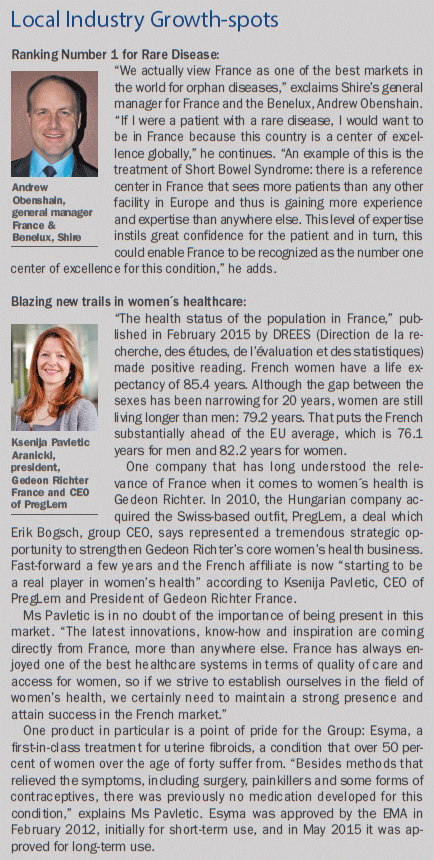
A MORE CONVENTIONAL APPROACH
The majority of drug research, development and production in France is carried out by the top five French players: Sanofi, Servier, Ipsen, Pierre Fabre and LFB. Collectively, they represent more than 45 per cent of employment in the sector, almost 60 per cent of R&D investment and more than half of employees engaged in research, according to IMS Health data. "In France, Sanofi is the number one healthcare actor," reveals Philippe Luscan, vice president for global industrial affairs, and president of Sanofi France. "We have 27,000 employees and over 40 sites, including 20 manufacturing centers out of a total 100 worldwide... From a trade balance perspective Sanofi contributes almost EUR 5.8 billion (USD 6.35 billion) net to the French economy, equal to the entire food industry in France."

Outside of the top five, France has a network of innovative companies operating across the drug value chain, in research, development, production and marketing. One such example is the Italian outfit, Chiesi. As Patrice Carayon, CEO of the French affiliate, explains, "A key goal is to establish a communication strategy to ensure that Chiesi is recognized as one of the few international mid-size pharmaceutical companies in France to conduct commercial activities ensuring patients access to our brands, alongside an R&D and production footprint." Globally Chiesi has three manufacturing centers: one in Parma, Italy, alongside sites in Blois, France and Santana De Parnaiba, Brazil. Through a communication strategy Chiesi will look to ensure that the fact that they conduct industrial activities in France "is accorded proper weight when it comes to our discussions with the authorities" insists Mr Carayon.
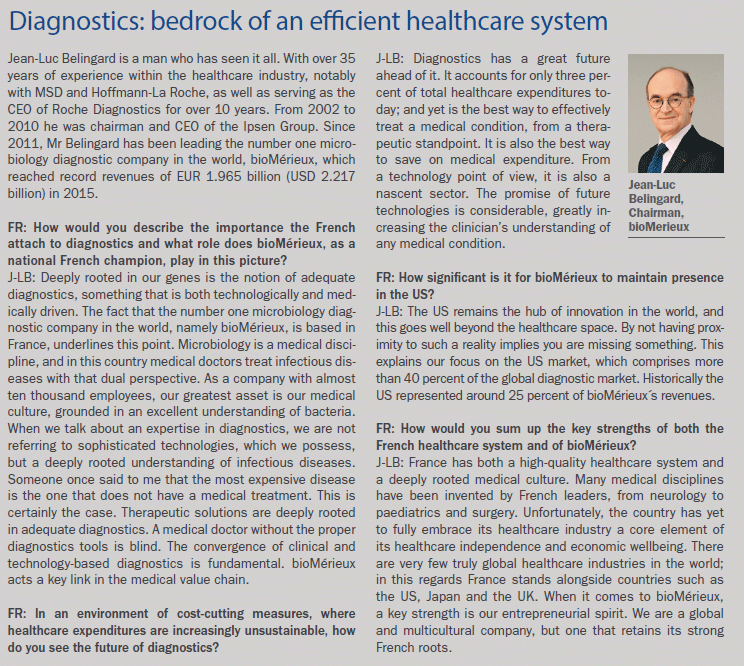
Yet the weakening of the pharmaceutical industry, especially in terms of manufacturing, is not a French issue, but a global one. "There are simply too many factories and a gross overcapacity", insists Synerlab's Banzet. "We are witnessing an increasing trend of 'regionalization' within the pharmaceutical industry, where companies decide to produce in Europe for European markets, Asia for Asian markets, and so on. The main driver that pushed production to emerging markets is wage levels, and those are in the process of increasing" adds Mr Banzet. Indeed, many would argue that competitiveness is key if France is to remain an attractive manufacturing environment: "We have to deliver quality, service and competitive cost of goods. In most of the markets where we are active, there are considerable pricing pressures, and it is essential that our own manufacturing arm is delivering value to the chain. In France, over the last five years, we have invested EUR 1.7 billion (USD 1.86 billion) in capital expenditure, of which EUR 1.5 billion (USD 1.64 billion) was in the biotech field, including vaccines. Our goal has been to realign our network with the company's pipeline. Today, 85 percent of Sanofi's R&D pipeline is in biologic products," reveals Mr Luscan.

Sanofi's Research center in Chilly-Mazarin - inaugurated in 1958, the 17 hectares campus is Sanofi's global Pharma R&D site. Credit: Eric Larrayadieu / Interlinks Image
NASCENT BIOTECH REVOLUTION?
"France has more or less the same number of biotech companies compared to other advanced west European economies. Yet if you look at the capital and turnover of French companies, they are smaller than many other European markets. There is a gap between invention and innovation," notes Mr Lamoureux. The state is very much aware of this and created the BPI (Banque Publique d'Investissement) in 2013 guaranteeing access to financing for small innovative biotech companies. Yet "Germany has done a better job in combining such companies in order to diversify risk and create synergy, which also helps them obtain more funding," insists Mr Sarkozy.

Patrick Winkler, Clinical Trial manager, Medpace France
The attractiveness of France for international clinical research has also been declining, a common phenomenon in Western countries; which are losing market share in clinical research to developing nations. "Currently, there are many biotech companies who do not conduct phase I-II trials in France because the process is such that you can finish in other countries before you can even start in France. Speed is critical for biotechs because they need to show concrete results in order to get additional funding for the next period," notes Denis Comet from France's Association for CROs: AFCRO.
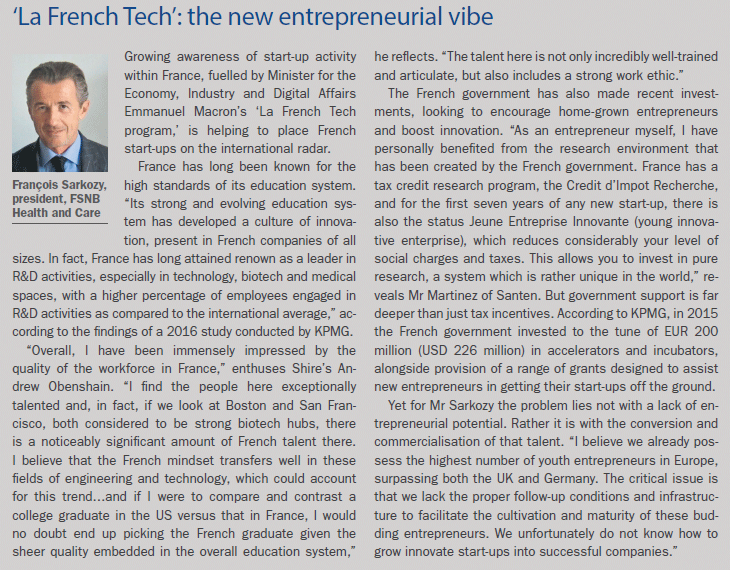
Yet for Patrick Winkler, French clinical trial manager of the Cincinnati based CRO Medpace, "it is France's high capacity for innovation, due in large part to the country's biotech sector, that ensures it remains a key market when it comes to expanding throughout Europe." Indeed, the establishment of partnerships with biotech companies in France is a priority for many pharmaceutical giants. One biotech company in particular has caught the attention of the international media, Cellectis. In 2015 Pfizer and Servier agreed to co-develop and co-commercialize UCART19, an allogeneic CAR-T cell therapy for hematological malignancies, in a three-way deal. André Choulika, chairman and CEO of Cellectis, has a bold vision based on gene edition. "It started 15 years ago and will remain one of the main drivers not only in healthcare, but in life sciences. In the future we are going to eat gene editing, wear gene editing, and cure ourselves with gene editing! The 21st century will be the century of gene editing and Cellectis will be one of the leaders of this revolution."
REDISCOVERING FORMER GLORIES
"The time has now come to implement the necessary adjustments we need to make to our health care system. We must move fast to get France back and competitive again in the international arena," counsels Marc De Garidel, President of G5 Santé and Vice-President of the CSIS. France will, no doubt, remain a world leader when it comes to innovation, and continues to be regarded as a friendly market for innovative drugs. Its sheer size, the 5th biggest in the world, the 2nd largest in Europe, ensures it will remain a go-to market for all ambitious companies in the healthcare field. Yet there will come a time when action can no longer be put off. The world is changing and France must change with it. As Mr Lamoureux puts it: "The challenge is fundamentally about the future role of France in the research, development and production of innovative drugs." There is much at stake.
